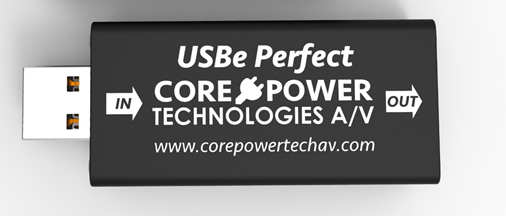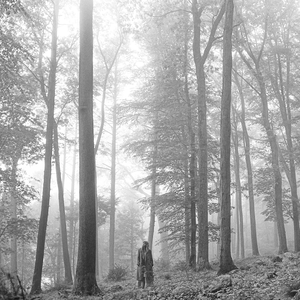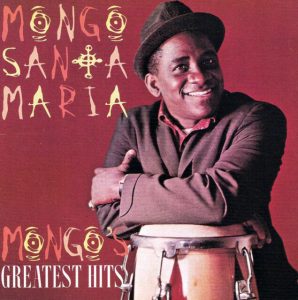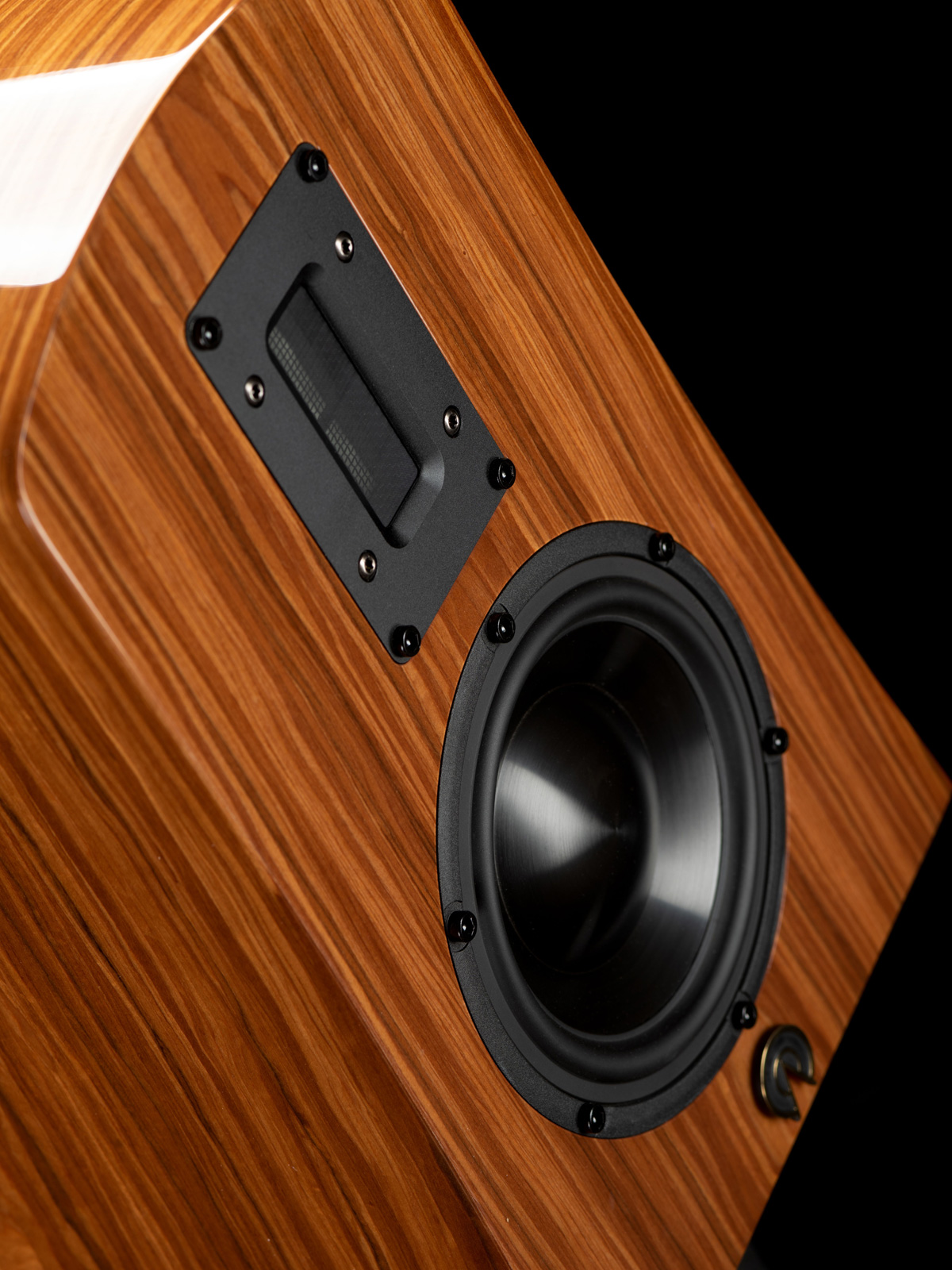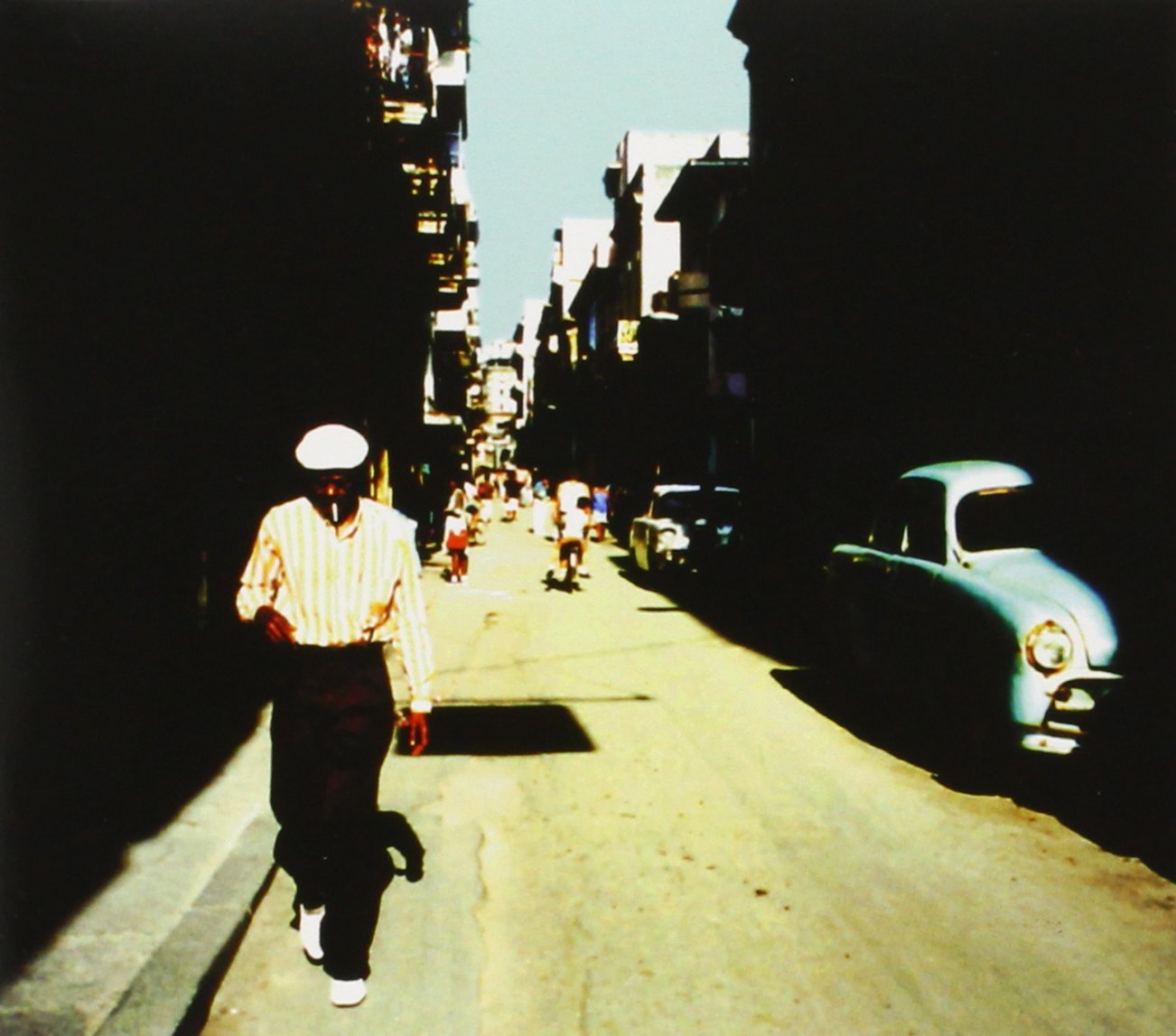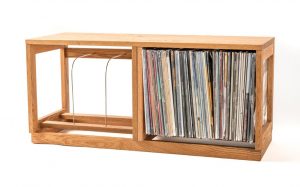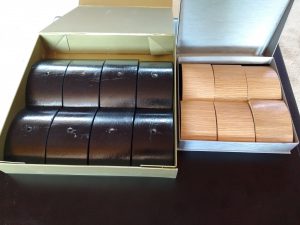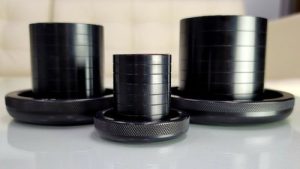My power conditioner is an EQUI=CORE 300 by Core Power Technologies. Some time ago, the company's assets were acquired and renamed Core Power Technologies A/V by web-based audio retailer Underwood HiFi of Hawaii. Underwood HiFi also designs and performs upgrades to components. The device under evaluation is a USB jitter reducer / power conditioner called the USBe Perfect. That USB is a less than desirable method for the transfer of music files is no longer up for discussion. Nevertheless, my preference for USB is largely that of convenience and habit. My AURALiC Aries derives digital information wirelessly from the WiFi router. The Aries can deliver data to the Mytek Brooklyn DAC+ via AES, optical, or S/PDIF.
The USBe Perfect came to my attention when, after months of self-quarantine, I visited my editor and dear friends Dave and Carol Clark in Long Beach. With masks on faces, rather than hand me a beer, Dave placed the USBe Perfect in the palm of my hand. At first, I thought the cube was a souvenir die. I was instructed to try it out which evolved into this review.
The USBe was inserted into the back of my AURALiC Aries network bridge. The USB cable connected to the Be protruding snugly from the rear of the clamshell case Aries. A bit of context is in order here. I pride myself for having assembled a fine sounding system over time with a moderate budget. I define a fine sounding system as one that leaves you thinking more about the music than the gear. LP has been my absolute reference with Tidal MQA streaming a very close second.
I have followed Taylor Swift's career with mild interest ever since learning about her talent years ago in a guitar publication when she was still a teenager. Much to the surprise of everyone, folklore dropped on July 24th and remained on replay for weeks prior to my receiving the USBe Perfect. Ms. Swift's indie girl whisper signing, contemplative songwriting, and production in collaboration with Aaron Dessner of The National connected with me in a way that no other complete album had in some time. I drank cold sweet sun tea in the heat of the August afternoons, and fluted glasses of chilled chardonnay in the evenings. After numerous replays, I was convinced the sound of folklore had imprinted into my DNA. I happily listened while resuming work online or household chores.
Then I listened with the USBe Perfect. Suddenly I found it difficult to focus on work. The song "Cardigan" begins with the sound of mysterious noises and a percussive pattern. Then a wood block accents a beat but the sound comes from a place completely disassociated from the speakers like a ghost. The effect continues with other random percussive sounds and musical notes that fade in and out the foreground of the soundstage. Vocal esses (s) gained silky smoothness and shed all traces of artifice. At 34 seconds into the somber piano song, "Exile," a turbo lift ascends then slows down at second 39. What? I thought I knew everything this album had to give. Layers upon layers of vocal harmony were revealed in high resolution like a 4k display for your ears. Hence it went, with the remainder of the album as if heard for the first time. Each replay revealing another exquisite detail in sound, song composition, or production.
Perhaps the Be effect is fleeting or dependent on choice of material. Let us transition to some trusted CDs ripped to hard drive years ago. "Manuel Deeghit" (also known as "I Showed Them" elsewhere in his catalogue) is a 13-minute groove recorded live from Cal Tjader's CD Cuban Fantasy. The track begins with audience applause which is not musically noteworthy except for the fact that it sounded so present. Delicate taps on cymbals sounded to precisely rendered and the placement of musicians upon the soundstage was strikingly clear. The impact of mallets on Cal's signature vibes resonated with realism. I cued up "Las Guajiras" from Mongo Santamaria's CD Mongo's Greatest Hits. Again, I experienced the familiar as if I had never heard this track before. The resolution of fine musical details, harmony, and depth of perception were significantly enhanced.
Mozart's Divertimenti K136 and 138 as played by I Musici on Phillips is another CD ripped long ago. The massed strings sounded sweeter and more natural with noticeably less glare. A Kind of Blue Gold CD Legacy Edition was probably one of the first works I ever ripped to hard drive. A Tidal MQA version does not yet exist. Classic Records' reissue on 180gram high quality vinyl serves as my reference. Listening to this timeless masterpiece through a cell phone speaker would still be enjoyable. Listening with the USBe Perfect nudged the ripped files into closer alignment with the definitive sound I hear from the LP.
So far, I have tried to describe how the USBe Perfect elevated already highly engaging musical performance from ripped CDs, downloads, and streams. I have yet to play a digital file that was not improved by the jitter reducing qualities of the USBe Perfect, but I have only explored a small fraction of my library. If anything, the USBe Perfect has forced me to acknowledge the limitations of USB and led me to reconsider the alternatives for truly transparent transfer of digital information to the DAC.
In closing, if like me, you are using USB to transfer digital files from a hard drive or streamer to a DAC, consider the possibility that a higher level of performance awaits to be unveiled with a jitter reduction device such as the USBe Perfect. At its current introductory price of $299, the USBe Perfect is in stiff competition with other performance upgrades such as a fine phono cartridge, interconnect, speaker cables, or better headphones. On a day to day basis, streaming MQA from Tidal with the USBe Perfect emerges as the ultimate expression of audio arts in this home with this system. Upgrading my analog rig to similar spec would take a considerable investment. Nevertheless, when melancholy and nostalgia call, spinning old LPs from the family archive is the only answer.
USBe Perfect
Retail: $499 without a USB cable
Underwood HiFi, Inc.
770.667.5633




